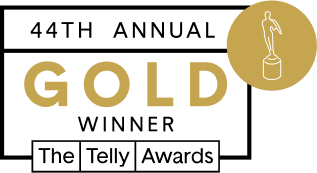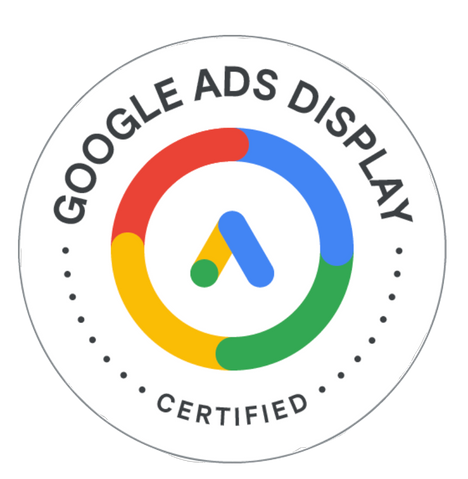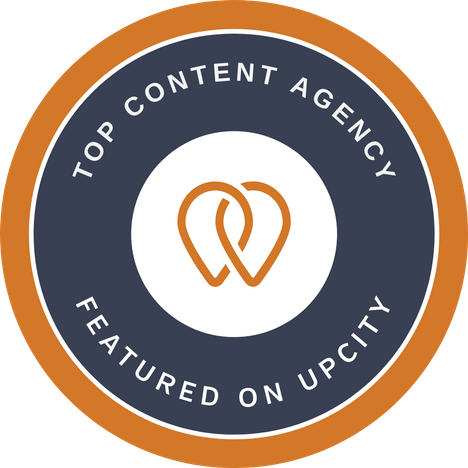Are you a young professional or student about to graduate college, wondering how to create your LinkedIn profile? Are you stuck trying to navigate the different tabs or confused about LinkedIn etiquette? In this article, we’ll explain what the platform is used for, how to make a profile that stands out, how to properly utilize the site for your ultimate benefit, and more.
Understanding The Purpose of LinkedIn
LinkedIn can be used for many things, but its central purpose is to connect job seekers with
established professionals in their desired fields. The platform offers a valuable opportunity to showcase skills, experiences, and accomplishments, and connect with potential employers, mentors, colleagues, and industry professionals. In today’s job market, having the ability to network and form quality, long-lasting connections is an important skill, and LinkedIn is an excellent avenue to practice using that skill.
Having an optimized LinkedIn presence offers a number of advantages in your job search and professional branding efforts. Here are just a few of the key benefits:
- Personal Branding: Having a profile allows you to create and customize your personal brand to showcase the unique value you offer. This gives potential employers and recruiters a more specific understanding of who you are beyond just a resume.
- Documenting Accomplishments: Being active on LinkedIn provides an opportunity to document important milestones, achievements, skills gained and build a dynamic timeline of your professional development over time.
- Visibility and Networking: A complete, well-crafted profile increases your visibility and connectivity within your industry and areas of interest. It expands your ability to get discovered by and network with relevant contacts you may not have accessed otherwise.
Let’s dive into how to set up a compelling LinkedIn profile that resonates with your professional goals.
Optimizing Your Profile
One of the keys to standing out on LinkedIn is creating a compelling profile that effectively and accurately markets your personal brand. Some key points include:
Profile Photo: Your profile photo should be a professional headshot with a solid background. Use a recent photo, smile, and don’t use a selfie.
Headline: The headline, which is a brief descriptor below your name, should succinctly capture your value proposition for anyone looking to work with you.
For example:
- “Driven Marketing Professional excited to help companies improve their Social Media and Content Creation”
- “Creative IP Attorney helping growth-minded entrepreneurs navigate trademark disputes”
This brief description should accomplish 3 things. Who you are, what you do and who you help. Its is important to recognize that this is your elevator pitch. It is the only thing people will see outside of your photo if they are searching or trying to connect with you.
About Section: The About section allows you to introduce yourself more fully with a bio detailing your background, strengths, interests, and career goals.
Some tips:
- Here, you can mention what you’re hoping to get out of using LinkedIn
- Keep your headline in mind while writing this section to make sure that they align
- Highlight proud achievements from your academic, professional, and extracurricular experiences. But avoid coming across as boastful – use a balanced, confident tone
Highlights Section: The highlights section shows any mutual connections, interests, or groups that you have in common with the person viewing your profile. Having a thorough highlights section can initiate conversations and connect you with industry professionals.
Some ways to keep a thorough highlights section:
- Join LinkedIn groups related to your professional interests, skills, location, alma mater, etc.
- List out specific interests and topics you’re knowledgeable or passionate about
Activity Section: This area displays your recent LinkedIn activity such as posts, comments, and interactions you’ve liked or engaged with. An active profile signals you’re committed and invested in your industry.
Build visibility by:
- Regularly sharing updates, articles or insights relevant to your field
- Commenting on posts from connections and companies you follow to provide value
Endorsements Section: Here you can list skills and expertise for others to endorse you for. These endorsed skills boost your credibility.
Develop this section by:
- Selecting skills that are aligned with your professional strengths and goals
- Endorsing your connections for applicable skills, as they will be prompted to reciprocate
Additionally, make sure to comprehensively fill out sections on your work experience, education, skills, certifications, and any other applicable sections based on your background. The more relevant information you provide, the easier it is for others to understand that you’re fit for roles they may want to discuss.
Engaging and Building Connections
Once your profile is complete, it’s time to start leveraging LinkedIn’s networking capabilities.
This includes following companies you’re interested in, joining industry groups, and participating in conversations by liking, commenting, and sharing insightful posts that align with your interests.
How to post:
- Use a conversational, approachable tone as if messaging a friend
- Incorporate 3-5 topical hashtags per post for discoverability
- Include clear calls-to-action (e.g. “Check the link for more”, “Sign up for my webinar”)
- Pair posts with eye-catching images, visuals or videos when possible
What to post:
- Focus on providing value through insights, tips, guides, listicles, etc.
- Share updates that give insight into your expertise and thought process
- Re-share and engage with content from colleagues by commenting and tagging them
- Give more than you ask. Build audience rapport through helpful content before making asks.
How to connect:
- Start with friends or people you already have a relationship with
- Be clear when messaging
- LinkedIn allows you to send a message along with your connection request, so telling a potential connection why you want to connect with them can increase the likelihood of an accepted request.
Some examples of a connection request message:
- “I read your article on (website), I loved your opinions on (topic)!”
- “I’m good friends with (other connection) and they said I should connect with you”
Following these steps increases your visibility and allows you to provide value to your network. Comment on people’s posts, answer questions they ask, and share content relevant to them. Developing these authentic relationships takes time, but it pays off in the long-run.











